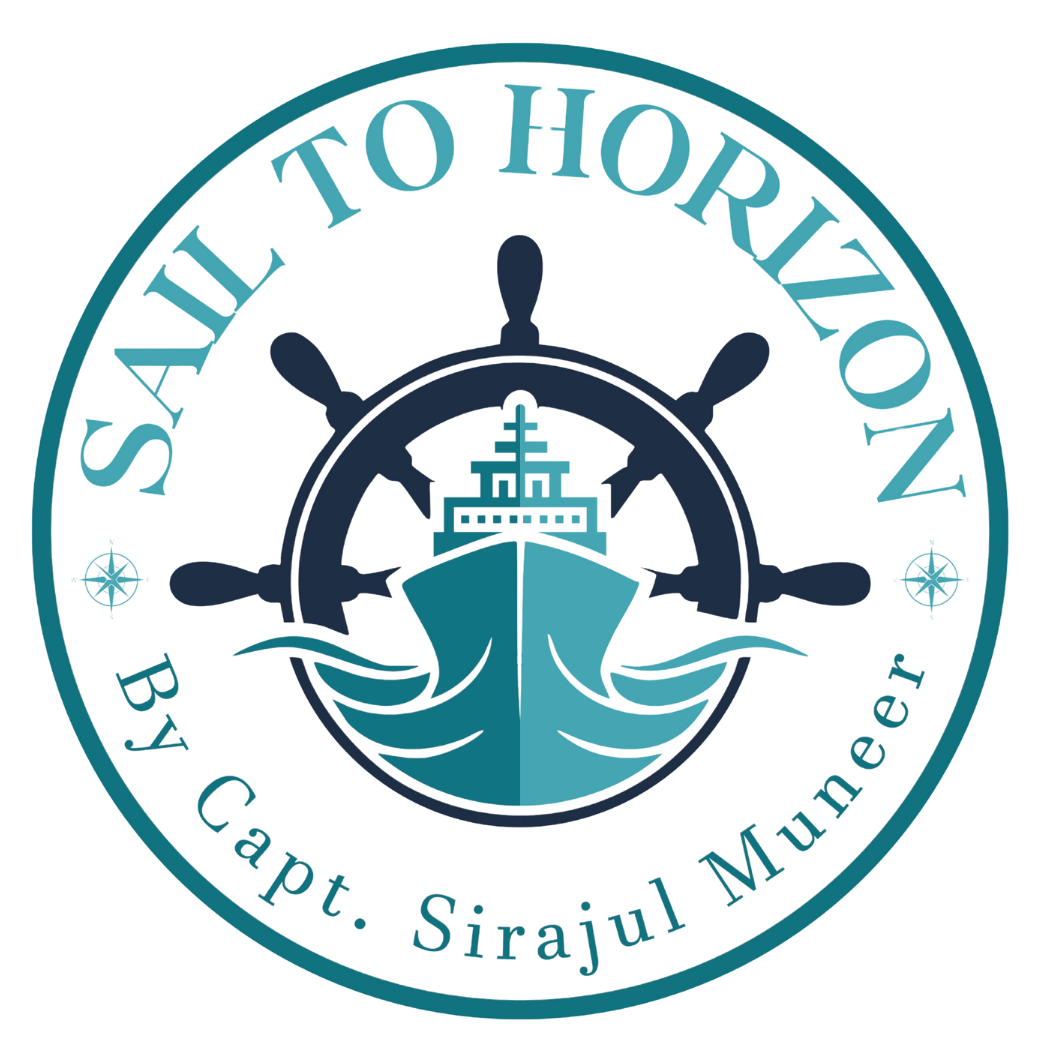The expansion of the Panama Canal, completed in 2016, continues to have a significant and evolving impact on global trade patterns. By allowing larger Neopanamax vessels to transit, the expanded canal has reshaped shipping routes, influenced port development worldwide, and offered new efficiencies for certain trade lanes. This blog delves into the ongoing effects of this monumental engineering feat on international commerce. Prior to the expansion, many larger container ships were unable to pass through the original locks, limiting their routes and often requiring goods destined for the eastern United States from Asia to be offloaded on the West Coast and transported inland via rail or truck. The Neopanamax locks have changed this dynamic, enabling these larger vessels to directly access ports along the Gulf Coast and the Eastern Seaboard of North America. This has led to increased traffic through the canal and spurred significant investment in infrastructure upgrades at these destination ports to handle the larger ships and increased cargo volumes. Ports along the East and Gulf Coasts have deepened channels, expanded container yards, and upgraded equipment to capitalize on this shift. The expansion has also had ripple effects on global supply chains. For some industries, it has created more direct and potentially cost-effective routes, reducing transit times and overall shipping expenses. However, it has also presented challenges. Ports on the West Coast of North America have faced increased competition, and adjustments in logistics and inland transportation networks have been necessary to adapt to the altered flow of goods. Furthermore, the expanded canal’s impact is not static. As global trade volumes fluctuate and new trade agreements emerge, the Panama Canal’s role continues to evolve. Shipping lines are constantly evaluating their routes and vessel deployments to optimize efficiency and cost-effectiveness in this new landscape. The Panama Canal Authority also continues to invest in and manage the canal to ensure its competitiveness and reliability as a vital artery of global commerce. In conclusion, the expansion of the Panama Canal remains a pivotal event in modern maritime history. Its ongoing impact on global trade flows is a complex interplay of shifting routes, port development, supply chain adjustments, and evolving trade dynamics, underscoring the critical role of this interoceanic waterway in connecting the world’s economies.
Panama Canal Expansion Continues to Impact Global Trade Flows


